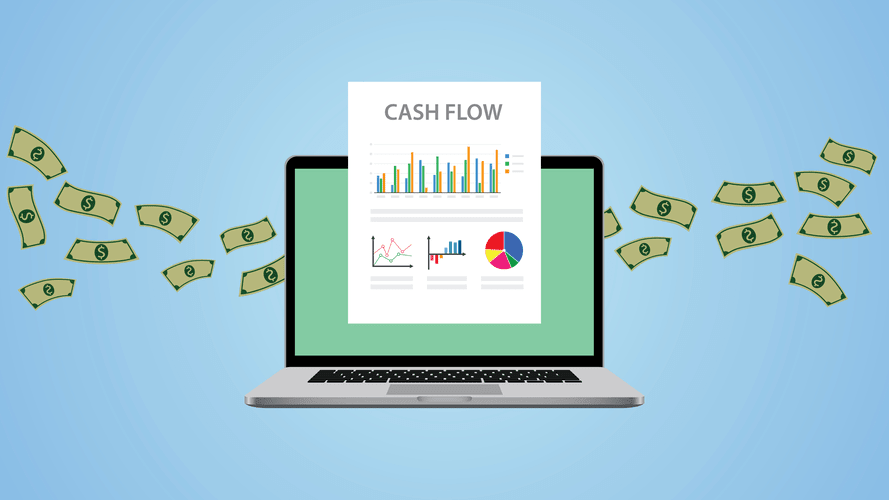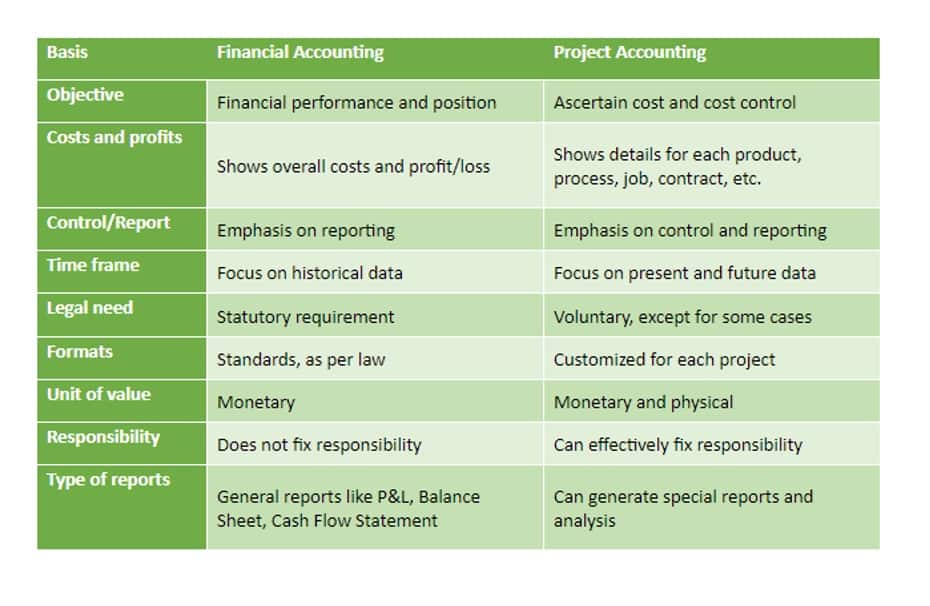
This includes the secure transmission of financial data, encryption, and adherence to industry standards, all of which help to mitigate potential risks. The goal of B2B payments automation is to reduce human error, improve payment times, and create a positive business relationship between the supplier and the customer. Automated systems eliminate the need for an invoice to flow through the hands of multiple people. Instead, payment platforms will route invoices through the necessary channels for review and approval. This ensures payments are quick and are authorized according to pre-set rules and guidelines.
Mục lục
How to Process International and Cross-Border B2B Payments
Imagine an AI agent that integrates with your email, digital payment platforms, and CRM. It can automatically identify overdue invoices, send personalized invoice reminders, and answer questions about payment options or account balances. This automation can often be set up with little to no coding using tools like Zapier or n8n. This frees up your team from tedious administrative tasks, allowing them to focus on more strategic initiatives. If your business deals with a variety of vendors, offering different types of payment options is a smart move.
Data Capture

Experience the difference that TreviPay’s solutions can make for your business. After validating the invoice data against the purchase order, the AP platform sends the invoice for approval. Once the invoice is approved, the platform forwards the invoice data to your payment system. Once you’ve implemented the payments solution, test it to ensure it works correctly. Testing will help identify and correct issues before they become an expensive problem. For example, you may want to test the platform’s ability to handle foreign exchange transactions, recurring payments, or batch payments.
- By opting to automate B2B payments, companies can reduce manual errors, expedite payment cycles, and enhance overall operational productivity.
- This trend is primarily driven by the need for faster, more secure, and cost-effective payment solutions.
- This also ensures frictionless payment journeys for international customers to pay invoices in their currency, saving from manually calculating exchange rates.
- This guide discusses the benefits of business-to-business payments automation and presents five strategies to make the most out of automating payments processing.
- Instead of checking and reconciling each payment individually, the system can filter according to which are past due or need to be reconciled.
- Transitioning to digital solutions can make transactions smoother, improve cash flow, simplify accounting processes, save time and offer more security than traditional B2B payment methods.
Step 3: Implement the payment automation solution
- B2B payments involve transactions between two businesses, often with larger amounts and longer payment terms.
- SEMRush and Moz accept cheques and wire transfers from customers in select locations or certain subscription plans.
- According to global FinTech FIS, today’s digital-first world has raised expectations on both sides of the bill-paying equation.
- Experience the difference that TreviPay’s solutions can make for your business.
- Traditional payment processing is slow and takes longer to process customer payments, impacting your cash flow.
- This system will always send mass payments backed by Canadian money transmitter licenses.
One of the most Restaurant Cash Flow Management exciting developments in this space is the emergence of AI agents. Think of these as intelligent virtual assistants that can automate tasks, analyze business data, and even interact with customers on your behalf. Any type of integration with your ERP system is a process you want to automate. This helps to streamline data flow, ensuring information is always updated in real-time, across all platforms.
- This includes information from your eCommerce accounting, warehousing, inventory management, and shipping and handling software.
- As more businesses begin to experiment with these technologies, we can expect to see increased innovation and adoption in the coming years.
- Businesses, large and small, are trending toward using automated and digital B2B payment solutions for the advantages they offer.
- Payees can upload bank account information and payment preferences in minutes.
Approval workflows
However, there’s a glimmer of hope because 41 percent of AP teams also expect complete automation in their department within one to three years. So much so that back in 2014, the Federal Reserve Bank of Philadelphia made the bold claim that paper cheques would be phased out completely by 2026. It looked like an accurate prediction because, according to Payments Canada, since 2014, cheque usage has declined by over 40%. It should be noted that while EFT payments are foundational to Canadian payments, ACH payments are the equivalent in the United States, with the latter being a form of EFT payment. Kelly is a financial content writer for Tipalti and other finance and B2B fintech firms.
How B2B payment automation benefits customers?

According to the Association of Finance Professionals, 26% of North American businesses still used paper checks in 2022, down from 42% in 2019. Although check usage is declining, checks remain the second most common automated b2b payments form of B2B payment. If you move cash abroad, you’ll need to consider exchange rates, potential delays, and additional fees. Using specialized international payment services or banks with global capabilities can make the process smoother. However, a sender must ensure sufficient cash in their bank account to start the process. The distinction between B2B and B2C payments isn’t just about the type of customer — it also involves differences in payment amounts, transaction frequency, and payment methods.


This includes offers from the four major party card networks (mostly Visa, Mastercard, and Interact) with an active debit card that can be used at any ATM. Freelancers also generally have access to Interac e-Transfer for more immediate payment needs. The system should automatically validate supplier data in real time using the 26,000 global banking rules to eliminate staff errors. All payment statuses and data from each method are reconciled and normalized and can be sent to your ERP. Using a payment software platform enables a business to generate reports that give you an overview of the AP and AR processes. This top-down transparency means you identify merchants that pay regularly and those that pay late, and then you can handle fixed assets those relationships accordingly.
- B2B payment automation translates streamlining payment processing and collections to keep your finances consistent.
- Further, three-quarters of marketplaces consider embedded finance features highly important to their innovation.
- With traditional methods, it can take 1-4 business days for funds to actually settle in your account (even though your clients see the deduction in their bank account).
- You should immediately ask about early payment discounts when setting up cross-border payments.
- The system should automatically validate supplier data in real time using the 26,000 global banking rules to eliminate staff errors.

This term differs from business-to-consumer (B2C) transactions, which are made directly with everyday individuals. That means businesses must double down on AI to protect their customers and operations. Despite large overhauls in advertising technology, the way advertisers pay publishers is still rather traditional. You may still get a cheque in the mail or a wire transfer — the industry really has struggled to keep up with the times. Instead of checking and reconciling each payment individually, the system can filter according to which are past due or need to be reconciled.
